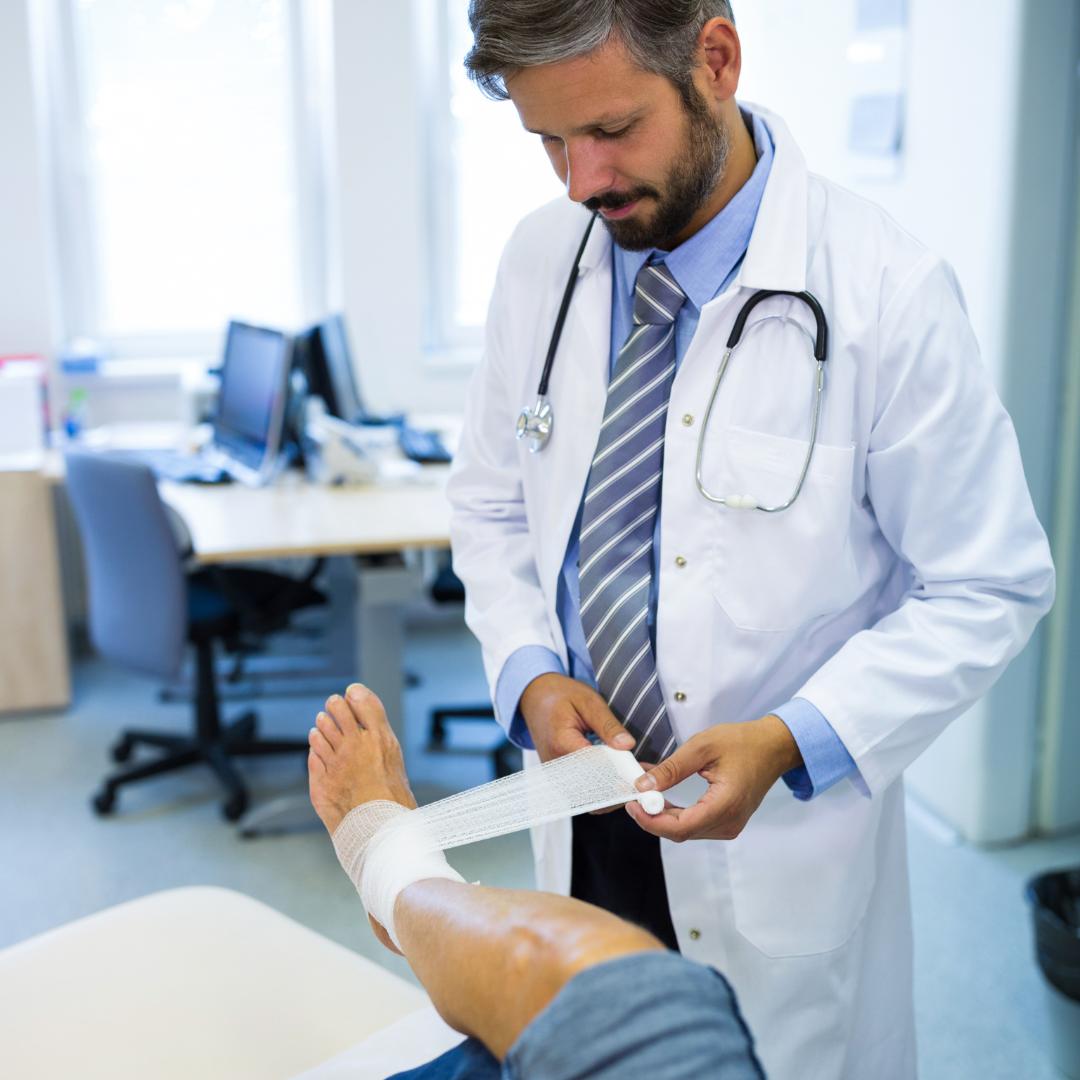Preventing Orthopedic Injuries: Tips from Our Pearland Orthopedic Doctor

Introduction
Orthopedic injuries can be painful and debilitating, often requiring extensive medical treatment and recovery time. As a leading orthopedic doctor in Pearland, we understand the importance of prevention when it comes to musculoskeletal health In this article, we will provide valuable tips and insights on preventing orthopedic injuries, so you can maintain an active and healthy lifestyle.
Warm Up and Stretch Regularly
Before engaging in any physical activity or exercise, it's essential to warm up your muscles and stretch properly A dynamic warm-up routine increases blood flow to your muscles and prepares them for the upcoming activity. Incorporate stretches that target major muscle groups to enhance flexibility and reduce the risk of strains or sprains.
Use Proper Technique
Whether you're lifting weights, playing sports, or performing daily tasks, using proper technique is crucial for preventing orthopedic injuries Improper form can put unnecessary stress on your joints and muscles, leading to overuse injuries. If you're unsure about the correct technique, consider working with a personal trainer or coach to learn the proper mechanics
Wear Appropriate Footwear
Invest in high-quality, supportive footwear that suits the activity you're engaging in. Different sports and exercises require specific types of shoes that provide adequate cushioning and stability. Ill-fitting or worn-out shoes can contribute to foot and ankle problems, so be sure to replace them regularly
Listen to Your Body
Pay attention to any pain or discomfort you experience during physical activities Pushing through pain can exacerbate injuries and lead to more severe problems If you notice persistent pain, swelling, or limited range of motion, consult with an orthopedic doctor in Pearland for a thorough evaluation

Cross-Train and Rest
Avoid overusing specific muscles by incorporating cross-training into your fitness routine Mixing up activities can reduce the repetitive strain on certain body parts Additionally, make sure to schedule regular rest days to allow your muscles and joints time to recover and repair.
Maintain a Healthy Weight
Excess weight puts added stress on your joints, increasing the risk of orthopedic injuries, especially in the knees and hips Maintain a healthy weight through a balanced diet and regular exercise to reduce the strain on your musculoskeletal system
Stay Hydrated
Proper hydration is essential for overall health and can also impact your musculoskeletal system Water helps lubricate your joints and cushions your spinal cord, reducing the risk of injuries. Make a habit of drinking an adequate amount of water throughout the day, especially during physical activities
Avoid Overtraining
While staying active is essential for good health, overtraining can lead to fatigue and increase the risk of injuries Allow your body enough time to recover between intense workouts or sports activities to prevent overuse injuries.
Use Protective Gear
If you participate in sports or recreational activities with a higher risk of injury, wearing appropriate protective gear is essential Helmets, knee pads, wrist guards, and other protective equipment can significantly reduce the severity of injuries during accidents or falls
Create a Safe Environment
At home and in your workplace, take measures to create a safe environment Remove potential hazards that may cause slips, trips, or falls, and ensure that your workstations are ergonomically designed to minimize strain on your body

Incorporate Low-Impact Exercises
Include low-impact exercises like swimming, cycling, or yoga in your fitness routine. These activities are gentle on your joints while still providing excellent cardiovascular and muscular benefits.
Attend Regular Check-Ups
Regular visits to a Pearland orthopedic doctor for check-ups and screenings can help detect potential issues early on Addressing minor problems before they worsen can prevent more significant injuries in the future
Avoid Prolonged Sitting
Sitting for extended periods can lead to muscle stiffness and poor posture, increasing the risk of orthopedic issues. Take short breaks to stretch and move around throughout the day, especially if you have a desk job
Maintain Proper Posture
Practice good posture while sitting, standing, and walking Proper alignment of your spine and joints reduces the strain on supporting muscles and ligaments
Conclusion
Preventing orthopedic injuries is essential for maintaining an active and fulfilling lifestyle. By following these tips from our Pearland orthopedic doctor, you can significantly reduce the risk of musculoskeletal issues and enjoy improved overall health and well-being.
FAQs
1. How often should I warm up before exercise?
You should aim to warm up before every exercise session, spending 5-10 minutes on dynamic movements and stretches
2. Can orthopedic injuries heal on their own?
Minor orthopedic injuries may heal with rest and conservative treatments, but it's essential to consult a doctor for a proper evaluation.
3. Are all orthopedic injuries sports-related?
No, orthopedic injuries can occur due to various reasons, including accidents, falls, and overuse of certain body parts.
4. Can orthopedic issues affect mobility in the long run?
Untreated orthopedic problems can potentially lead to long-term mobility issues if left unaddressed. Seeking early treatment is crucial.
5. How do I choose the right orthopedic doctor in Pearland?
When selecting an orthopedic doctor, consider their credentials, experience, patient reviews, and range of services offered.
